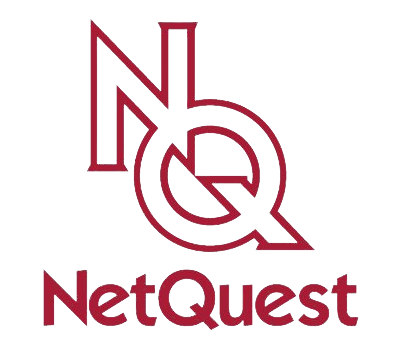Cybersecurity teams face a persistent challenge: protecting an expanding attack surface. In 2022, there were 4,100 publicly disclosed data breaches across the globe revealing 22 billion records to cyber criminals. This ever-growing target for malicious behavior mandates a widespread approach to risk mitigation. Attack Surface Management (ASM) is becoming an essential piece of a network security team’s toolset for organizations of all sizes.
Understanding The Attack Surface
Simply put, an attack surface includes all the potential entry points that cybercriminals can exploit to penetrate an organization’s systems and data. This includes:
- External assets: Websites, applications, cloud resources, and public-facing servers.
- Internal assets: Devices connected to the network, endpoints, and sensitive data repositories.
- Rogue assets: Unknown, unmanaged, or unauthorized devices and applications used within the organization that pose a threat.
The expanse of the attack surface makes it difficult for traditional security measures to keep up, highlighting the importance of a dedicated ASM strategy.
The Tenants of Attack Surface Management
To execute a well-structured and thorough ASM strategy, you need to cover these 5 core areas:
- Monitoring: Continuously monitoring the attack surface for changes in devices, applications, and systems.
- Inventory: Accurately recording and tracking the technical details and value of each asset.
- Discovery: Identifying all assets in the attack surface, both internal and external.
- Analysis: Identifying vulnerabilities and potential attack vectors within the assets.
- Remediation: Addressing found vulnerabilities and implementing security controls to reduce and eliminate the risks.
These are the areas that are required to give an organization’s security team the most efficient process to prioritize efforts, identify vulnerabilities quicker and mitigate cyberattacks from the start.
Why is Attack Surface Management (ASM) Essential
With the growing use of cloud technologies, interconnected devices, and remote workforces, the attack surface is becoming increasingly complex and dynamic. Internal and external ASM is necessary due to the dynamic nature of organizations using cloud technologies for storing and sharing data.
The more digital ground to cover, the more likely an undetected vulnerability can be exploited. Attack surface management helps organizations gain more visibility into the scope of their network to reduce risks on their attack surface.
Some of the key benefits to effective ASM setups:
- Enhanced Visibility: As stated before, you cannot protect what you cannot see so network visibility is key.
- Reduced Attack Vectors: Identify vulnerabilities or minimize unnecessary exposure points to reduce the overall size of your attack surface, thus making it difficult for attackers to gain a foothold.
- Faster Response: Continuous automated monitoring and threat intelligence through surveillance tools help increase security teams’ response times to minimize impact of attacks.
- Improved Compliance: With growing government and industry regulations and data privacy laws, a good ASM system shows a commitment to best practices in cybersecurity.
Optimize Visibility with Security-Optimized Flow Metadata
NetQuest’s Streaming Network Sensors (SNS) generate flow-based metadata on 100% of the network packets to ensure maximum visibility. The sensors translate real-time traffic into compact and highly efficient context-rich metadata for both clear and encrypted data flows. This includes analysis of TLS/QUIC handshakes and security-optimized metadata such as JA3 fingerprints to assist additional threat hunting techniques. The metadata generated by the Streaming Network Sensor is delivered as a data source to the Attack Surface Management ecosystem.
If you’re looking to employ a highly effective and comprehensive Attack Surface Management plan to protect your organization, NetQuest’s Streaming Network Sensor can ensure maximum visibility into the assets traversing your attack surface.
Securing the Digital Landscape
The scope and scale of cyberattacks has risen drastically. It’s a near daily challenge for security teams to fend off all types of cyberattacks like ransomware, botnet campaigns and so on. Attack Surface Management strategies are vital today with the size, speed and magnitude of government and enterprise networks.
